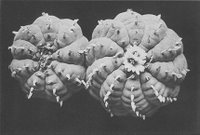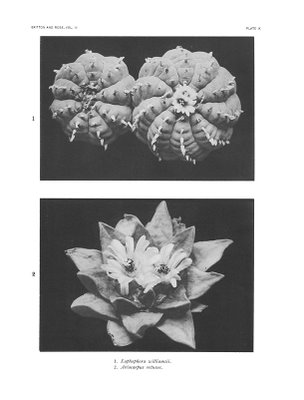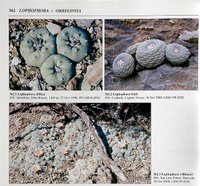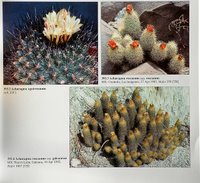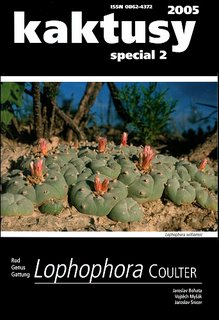What is Shark Finning?
- Shark finning refers to the removal and retention of shark fins and the discard at sea of the carcass. The shark is most often still alive when it is tossed back into the water. Unable to swim, the shark slowly sinks toward the bottom where it is eaten alive by other fish.
- Shark specialists estimate that 100 million sharks are killed for their fins, annually.

A whale shark fin on display outside of a shark fin restaurant, with shark fin soup preparation in the background. Bangkok, Thailand. Photo by Rob Stewart
A whale shark had its fins cut off while still alive, then left to die
Shark fin is a popular delicacy in Asia - especially China, where it is typically served in shark fin soup at weddings, business dinners, etc. Shark fins are big business, allegedly a bowl of shark fin soup can fetch up to $120! Consequently sharks are killed in the millions (as mentioned above some experts estimate 100 million sharks are killed each year), diminishing the populations alarmingly fast - some to the point of extinction. On top of that the sharks are killed in an extremely cruel way, the fins are usually sliced off as the shark is still alive and the finless body is dumped back into the ocean left to a slow death.
Concerned voices are also raised regarding how the ecosystems of the ocean will be affected by removing massive numbers of top-level predators. The IUCN Shark Specialist Group Finning Statement says: "shark finning [...] threatens many shark stocks, the stability of marine ecosystems, sustainable traditional fisheries, food security and socioeconomically important recreational fisheries" and concludes that "a ban on shark finning is justified throughout the world’s oceans and high seas".
Not to mention the tremendous waste: the IUCN Information Paper on Shark Finning states that "The most widely used fin:carcass ratio was developed by the US National Marine Fisheries Service (NMFS) in the early 1990s. NMFS adopted a ratio of 5% fin weight to 95% dressed (gutted and beheaded) carcass weight based on samples of sharks dressed at sea under commercial fishing conditions in the Northwest Atlantic, and using the ratio appropriate for species with the largest fins", meaning that less than 5% of the killed animal is actually used.

Dusky shark attacking school of sardines in South Africa. Photo by Peter Lamberti
The screening of Sharkwater was followed by an analysis by a shark biologist from my old university. Asked if Sharkwater should be considered a sober or exaggerated "eco documentary" she replied that the situation as described by Rob Stewart is very much for real - millions of sharks are killed each year for their fins and many species will become extinct if action is not taken now!
It's sad to see how these magnificent creatures have gone from predator to prey, and how despite surviving the earth's history of mass extinctions, they could easily be wiped out within a few years due to human greed.
The stupidity and shortsightedness of mankind can be dumbfounding.
References
Sharkwater - The Truth Will Surface
IUCN Information Paper on Shark Finning
IUCN Shark Specialist Group Finning Statement
SavingSharks.com
The photos are taken from the Sharkwater Press Kit

Scalloped hammerhead shark, Cocos Island, Costa Rica. Photo by Rob Stewart


